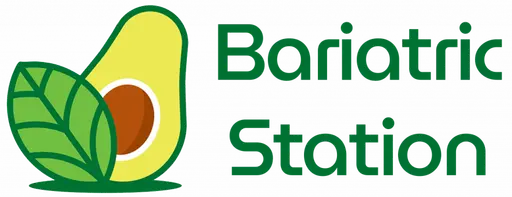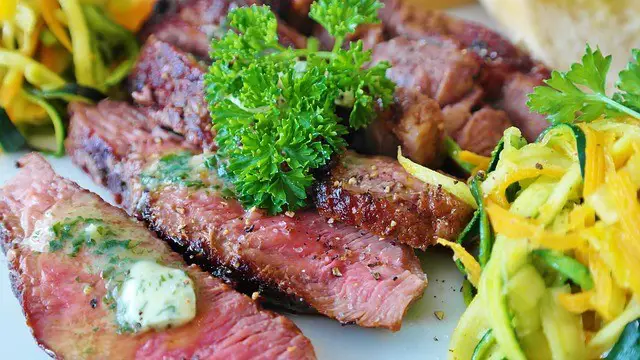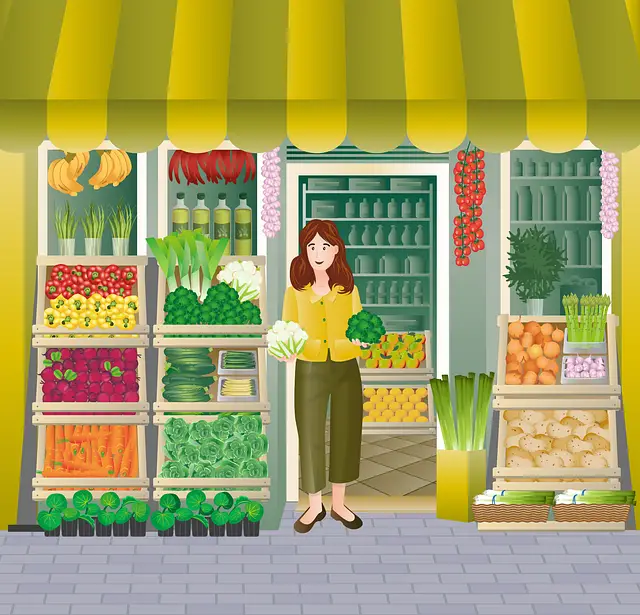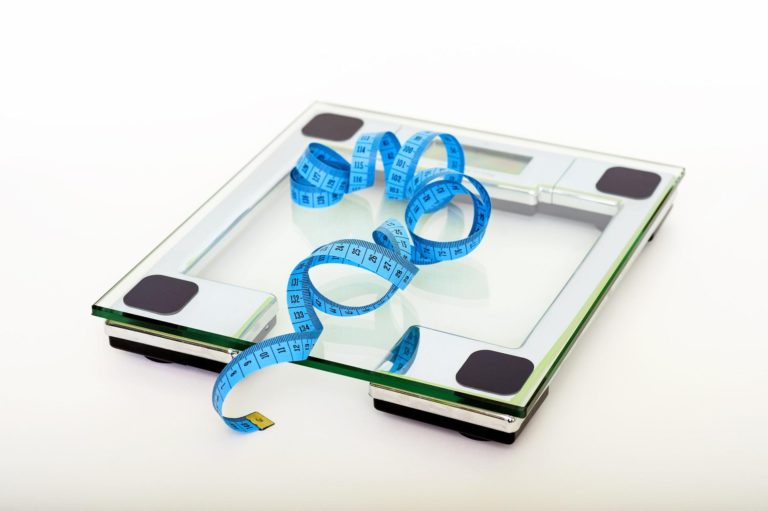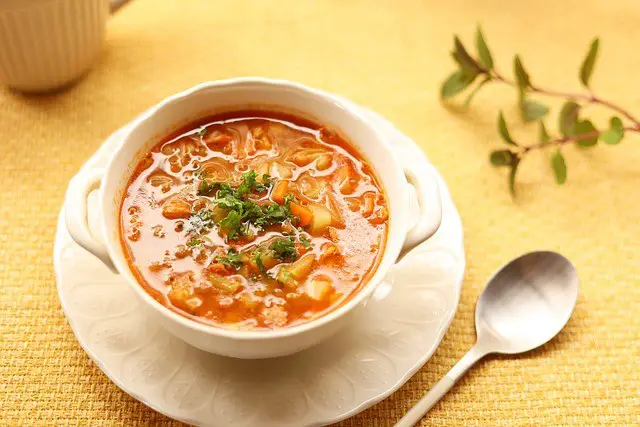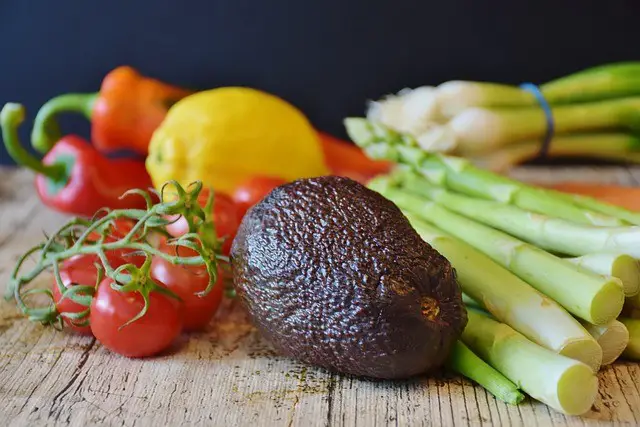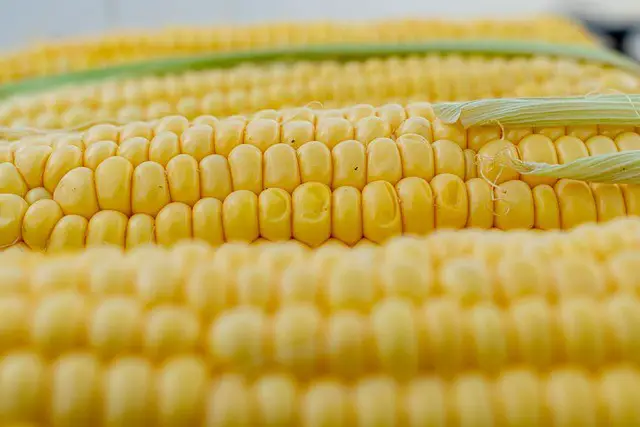Obesity is a risk factor for many chronic diseases, meaning to stay healthy, you have to keep your health in check. There are many ways to lose the extra pounds, but the most effective way is through your diet.
Picking the right foods to eat will ensure you stay within the recommended weight avoiding diseases like type 2 diabetes and cardiovascular diseases like blood pressure. So which foods are best added to your weight loss meal plan?
This article will look at the low carb and calorie foods that will help you regulate blood sugar, and serum cholesterol levels and ultimately promote weight loss. Most of the low carbohydrate diets recommended like the keto diet encourage the use of these foods as a long-term weight maintenance strategy.
Low Carb and Calorie Foods
A calorie refers to the unit of energy gotten from food. We get the highest number of calories from fats (9 calories per gram), and the least amount from carbohydrates and proteins (4 calories per gram each). I can hear the question in your mind. How come low-carb diets like the keto diet recommend cutting down carbs and increasing fat intake, if fats give more calories than carbs?
The answer is very simple! It all lies in the type of carbohydrate consumed rather than the carb content of the food. Low-carb diets recommend for consumption of complex carbs, and not simple carbs.
Before anything, let’s see the difference between the two, how they affect your weight, and how to monitor your carb intake for weight loss.
Carb Counting for Weight Loss
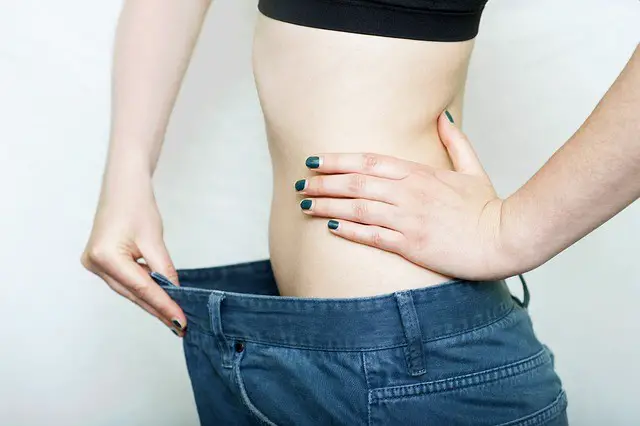
Simple carbs refer to the type of carbs that are easily digested and absorbed into the bloodstream. This means that they can easily spike your insulin and blood sugar levels. You get these types of carbs from sugary foods and drinks and processed foods.
Complex carbs refer to the types of carbs that take longer to be digested and absorbed by the body. These have less impact on your insulin and blood sugar levels.
So, when looking at the carb content of food, pay attention to the type of carbs it contains. Insulin is a storage hormone, meaning eating high-carb foods will increase its production, promoting fat storage.
Another important aspect to pay attention to when looking at the carb content of a food is how many grams of total carbs vs net carbs it contains. Total carbs account for all the carbs in a food, digestible and indigestible, while the grams of net carbs account for only the digestible and absorbable carbohydrates in a food. Indigestible carbs are dietary fibers, while the rest can be digested. You will get your net carbs by subtracting the grams of dietary fiber from the total carb content.
Increasing your fat intake, on the other hand, will maintain ketosis that is triggered by carbohydrate restriction. When fats are broken down, they produce ketones and not glucose, which keeps insulin levels down. The lower the insulin levels the more the amounts of fats being broken down.
The key point from this is low-carb foods are the best for weight loss and other health benefits.
Low-Carb Foods for Weight Loss
Some fats and oils are zero-carb foods. But that doesn’t mean that when restricting carbs, you live off these options. The foods mentioned later in this article contain traces of carbs, but not enough to have a significant impact on your blood sugar levels.
Which criteria are used to qualify foods as zero-carb foods?
- Contains less than a gram of net carbs per serving
- Consumed in small amounts that cannot have a significant impact on your carbohydrate intake.
Now how many foods do you know to qualify as zero-carb foods from these criteria? Don’t fret there are low-carb foods you can consume with a low carbohydrate content that will keep you within your diet’s carb limit.
100 Low Carb Foods
As mentioned earlier, not all low carb foods are low in calories. But as long as they are good sources of protein, contain healthy fats, are a rich source of fiber, or have a low carb count, they are good for your heart health and maintaining healthy body composition.
Foods like whole grains are not accepted on low-carb diets. Despite being an excellent source of fiber, they are still too high in carbohydrates.
Here are low carb foods that are moderate sources of carbs to add to your ketogenic diet.
Free Low-Carb Food List
Non-starch Vegetables
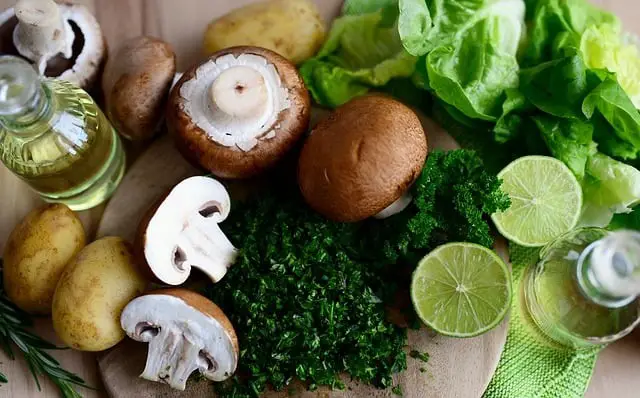
I’m starting to sound like a broken record saying, eat your veggies to keep health conditions at bay. The rule of thumb suggests that starchy root vegetables contain more grams of carbohydrates than above-the-ground veggies. Starchy vegetables including tubers like white potatoes and sweet potatoes should be avoided.
Some of the low-carb vegetables you can consume include:
- Cruciferous vegetables like broccoli and cauliflower
- Zucchini
- Bell peppers
- Leafy greens like spinach and kale
- Mushrooms
- Cucumbers
- Asparagus
- Olives
- Artichokes
- Green peas
Vegetables contain vital nutrients that play a key role in weight management. They are rich in fiber which promotes satiety and regulates cholesterol levels. Other beneficial nutrients include potassium, iron, antioxidants, and vitamin A.
Meat, Poultry, and Seafood
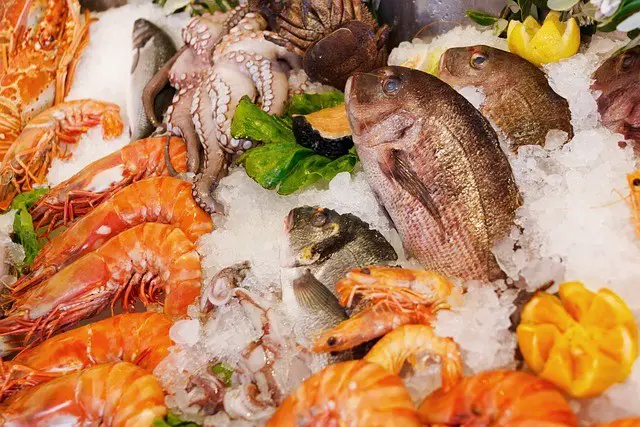
These are excellent sources of protein. Proteins have been shown to promote satiety, therefore, lowering food intake. Increasing protein intake will help reduce your calorie intake.
Some of these foods contain more calories than others. The types of meat you consume will affect your health differently.
When trying to lose weight avoid red meats and processed meats like deli meats. Go for lean meats that contain less amounts of saturated fats and fat in general. This will reduce the negative impacts of saturated fats on your cholesterol.
Canned meat products also contain extra ingredients that can increase their carb content. Moreover, they have a high sodium content that is not good for your heart health.
Here’s a comprehensive list of foods with high protein content and low carb count including low carb seafood and meat products. The macro composition of each food per serving is according to data from FoodData Central.
A 100 g serving of these foods contains:
- Lean beef: 190 kcals, 0 grams of carbohydrates, 18.2 grams of protein, 12.8 grams of fat.
- Chicken: 215 kcals, 0 grams of carbohydrates, 18.6 grams of protein, and 15.1 grams of fat.
- Lamb: 292 kcals, 0 grams of carbs, 24.3 grams of protein, and 20.8 grams of fat.
- Shrimp: 85 kcals, 0 grams of carbs, 20.1 grams of protein, and 0.51 grams of fat.
- Tuna:85 kcals, 0.08 grams of carbs, 19 grams of protein, and 0.94 grams of fat.
- Crab (blue): 87 kcals, 0.04 grams of carbs, 18.1 grams of protein, and 1.08 grams of fat.
- Salmon: 179 kcals, 0 grams of carbs, 19.9 grams of protein, and 10.4 grams of fat.
Other low-carb foods that are rich in protein include organ meats, exotic meats, veal, turkey, duck, and goose. When it comes to organ meats, be cautious with liver since it contains 4 grams of carbs per 100 g serving.
The more fatty cuts of meat are preferred like the chicken breasts.
Eggs
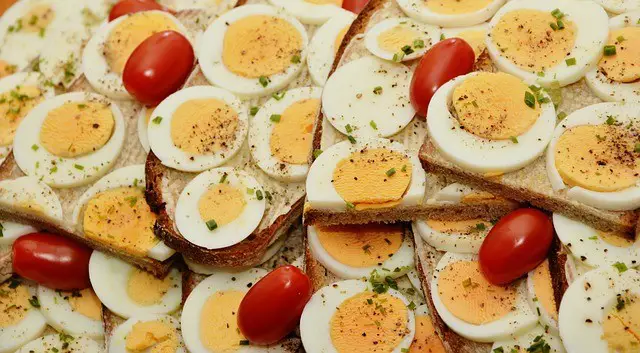
One egg (34 g) contains 18.7 kcals, 0.8 grams of carbs, 3.64 grams of protein, and less than a gram of fat.
Besides being low in carbs, eggs contain other beneficial nutrients. Eggs, like any other protein, can trigger hormones that promote satiety. In addition, the egg yolk contains antioxidants like lutein and zeaxanthin that lower the risks of inflammation.
Research has shown that an egg fast for 2 to 3 days can be a good way to break a weight loss plateau and accelerate fat burning.
Dairy Products
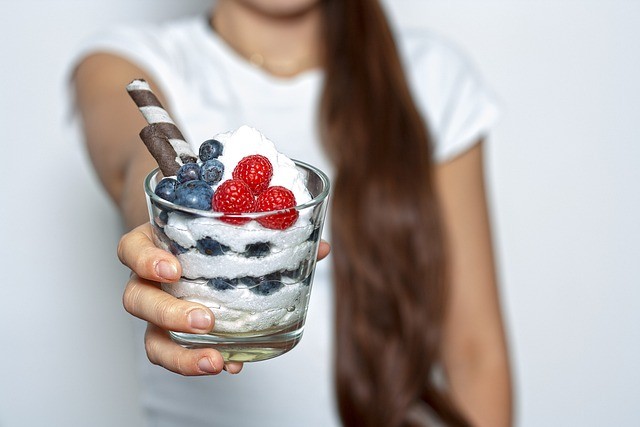
Milk may not be acceptable on a low-carb diet, but that doesn’t mean all dairy is off the table. You can have the following low carb and calorie foods when trying to lose weight (values in 100 g serving):
- Butter: 717 kcals, 0.06 grams of carbs, 0.85 grams of protein, and 81.1 grams of fats.
- Ghee: 900 kcals, 0 grams of carbs, 0 grams of protein, and 100 grams of fats.
- Heavy Cream: 343 kcals, 3.8 grams of carbs, 2.02 grams of protein, and 35.6 grams of fats.
- Goat cheese:452 kcals, 2.17 grams of carbs, 30.5 grams of protein, 35.6 grams of fat.
- Parmesan cheese: 392 kcals, 3.22 grams of carbs, 35.8 grams of protein, and 25 grams of fats.
- Mozzarella cheese: 299 kcals, 2.4 grams of carbs, 22.2 grams of protein, and 22.1 grams of fat.
- Feta cheese: 273 kcals, 5.58 grams of carbs, 3.09 grams of protein, and 19.1 grams of fat.
- Cream cheese: 343 kcals, 4.56 grams of carbs, 5.79 grams of protein, and 33.5 grams of fat.
- Cottage cheese: 103 kcals, 4.6 grams of carbs, 11.6 grams of protein, and 4.22 grams of fat.
- Plain Greek Yogurt: 60 kcals, 4.67 grams of carbs, 9.33 grams of protein, and 0 grams of fat.
Don’t shy away from your string cheese or cheese sticks. These dairy products contain beneficial nutrients that are essential in the body. They are a great source of calcium for the development of strong bones and teeth.
Be careful about the amounts, because some of them do contain a lot of calories.
Nuts and Seeds

Looking for a go-to snack? Go nuts! Nuts and seeds are one of the best options when it comes to providing you with healthy fats.
Your nut options on a low-carb diet include:
- Almonds: 626 kcals, 20 g of total carbs, 10.8 grams of fiber, and 9.2 grams of net carbs.
- Hazelnuts: 629 kcals, 17.9 g of total carbs, 10.7 grams of fiber, and 7.2 grams of net carbs.
- Brazil nuts: 659 kcals, 11.7 g of total carbs, 7.5 grams of fiber, and 4.2 g of net carbs.
- Macadamia nuts: 712 kcals, 24.1 g of total carbs, 7.6 grams of fiber, and 6.3 g of net carbs.
- Pecans: 750 kcals, 12.7 g of total carbs, 5.8 grams of fiber, and 6.9 g of net carbs.
You can have your nuts whole as a snack or in your beverages. There’s also the alternative of nut butter like almond butter and peanut butter.
Now to the seeds you can have when restricting your carb and calorie intake.
- Sunflower seeds: 609 kcals, 24.5 g of total carbs, 7.2 g of fiber, and 17.3 g of net carbs.
- Hemp seeds: 533 kcals, 8.67 g of total carbs, 4 grams of fiber, and 4.67 grams of net carbs.
- Pumpkin seeds: 555 kcals, 18.7 g of total carbs, 5.1 grams of fiber, and 13.6 g of net carbs.
- Flax seeds: 534 kcals, 28.9 g of total carbs, 27.3 g of fiber, and 1.6 g of net carbs.
- Chia seeds: 486 kcals, 42.1 g of total carbs, 34.4 g of fiber, and 7.7 g of net carbs.
Low Sugar Fruits
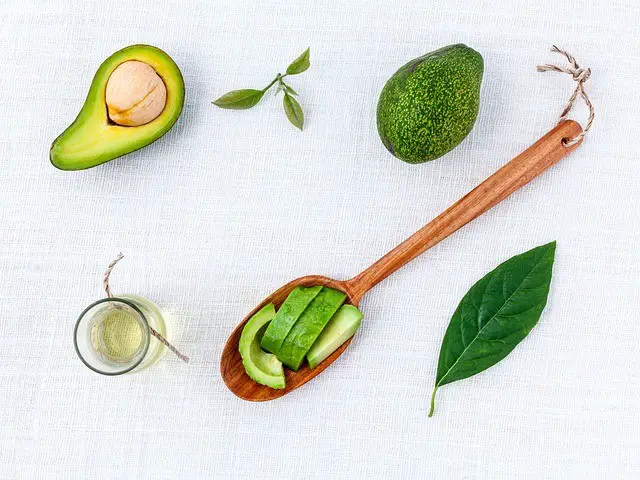
Fruits are a no-go zone on a low-carb diet. This is because they are high in natural carbohydrates which increase your sugar intake that contributes to your net carbs.
However, there are low carb and calorie foods under this group you can go for. Berries like strawberries, blueberries, blackberries, and raspberries are one option.
Other fruits are avocados, lemons, lime, cantaloupes, and watermelons.
Low Carb Foods for Diabetics
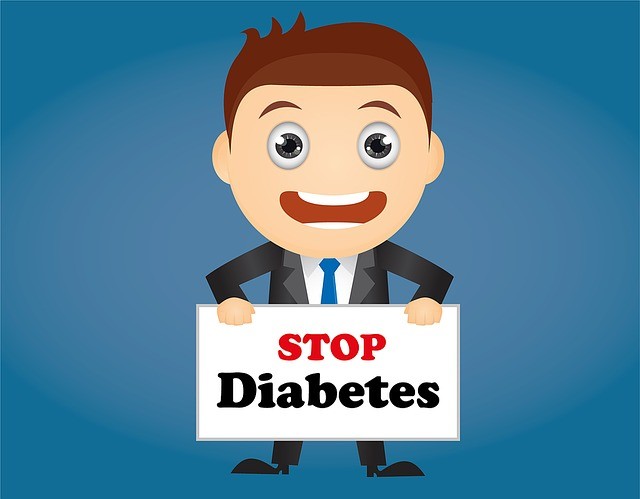
The foods mentioned above can be consumed by people with type 2 diabetes. Most of them struggle with being overweight or obese, so foods that can help them lose weight are ideal.
To manage blood sugar levels, lowering your carb intake will reduce glucose and insulin levels, further reducing insulin resistance. Pay attention to the glycemic index and glycemic load of a food, because it will tell you the impact the food has on your blood sugar.
The glycemic index is a measure of how quickly a food will spike your blood sugar while glycemic load refers to how much a food will raise your blood glucose levels.
Ensure you read the labels of any foods you buy from the store to check on the additives they contain. Some sweeteners and flavorings can spike your blood glucose. Pick foods that contain low-calorie sweeteners like stevia and monk fruit if you struggle with controlling your blood sugar.
What Foods are Filling but Low in Carbs?
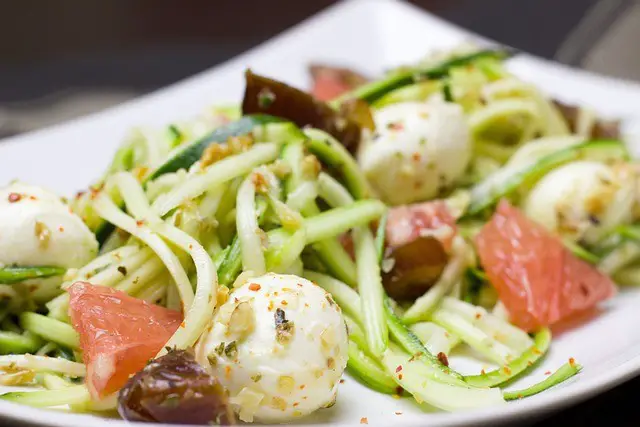
Foods that are high in fiber give you the feeling of being full compared to other foods. Proteins also promote the production of satiety hormones and reduce the release of hunger hormones. Here are some foods you can eat to promote satiety that is low in carbs:
- Zucchini
- Lean meats
- Avocado
- Cruciferous vegetables
- Eggs
- Nuts
- Cottage cheese
- Seafood
- Berries
Is It Possible to Eat Low-carb and Low-Calorie?
Yes, it is! Non-starchy vegetables are low in carbs and calories. Most of the low-carb foods that are high in calories are usually consumed in small servings, meaning fewer calorie intake.
Bottom Line
When looking to manage your weight or regulate blood sugar, restricting calories and carbs is necessary to create a calorie deficit and trigger fat burning. This article contains low carb and calorie foods that can help achieve your weight loss goals.
In the comments below, share your favorite recipes so we can know how to incorporate these foods into our weight loss meal plan!
